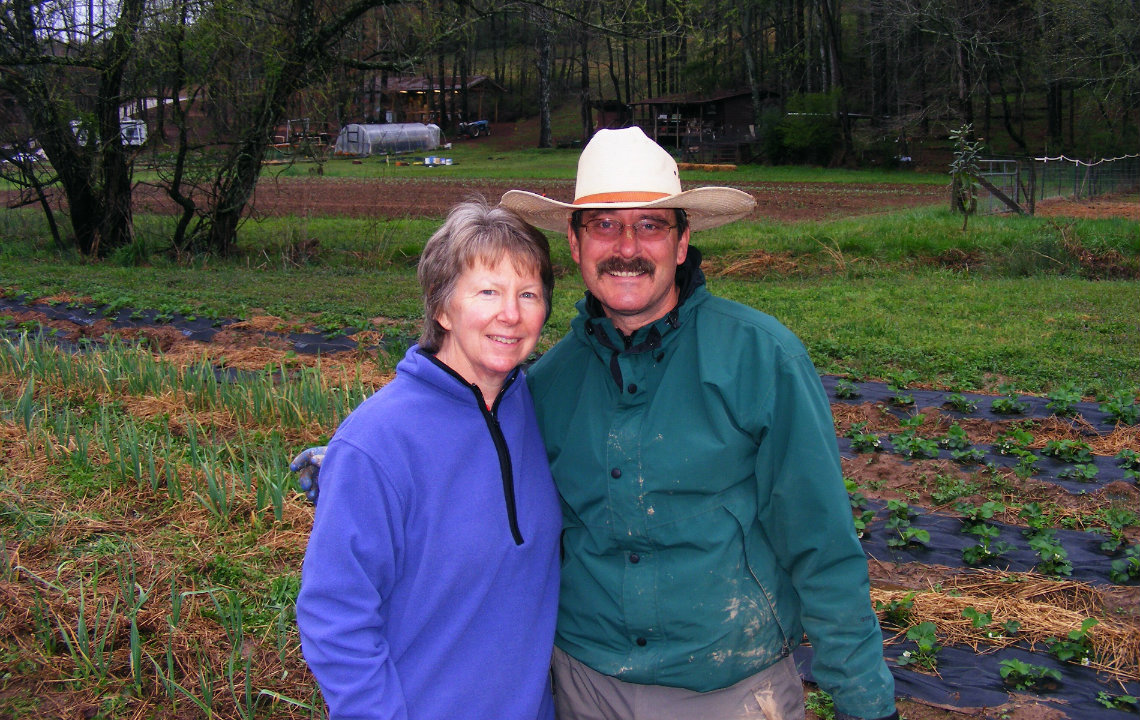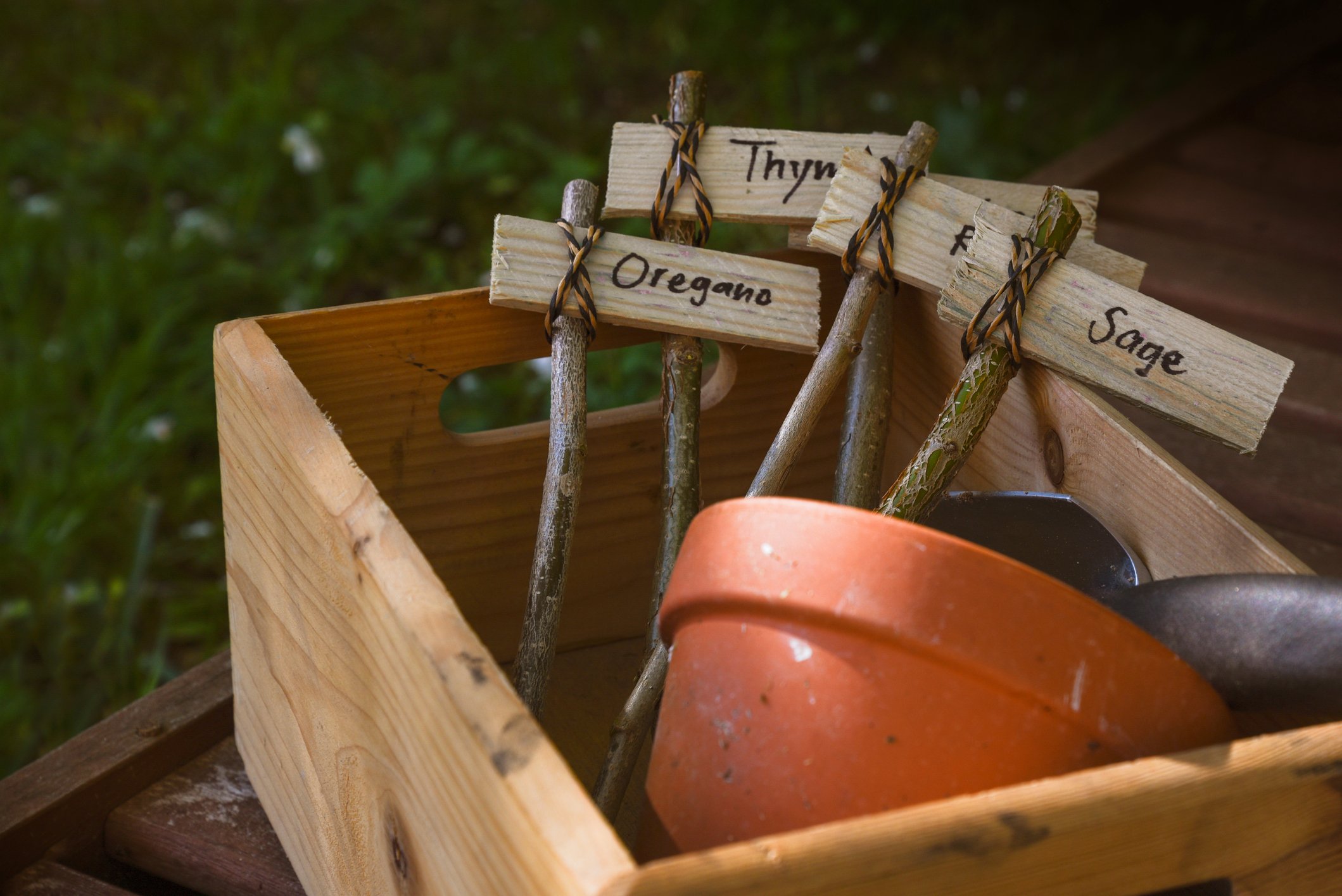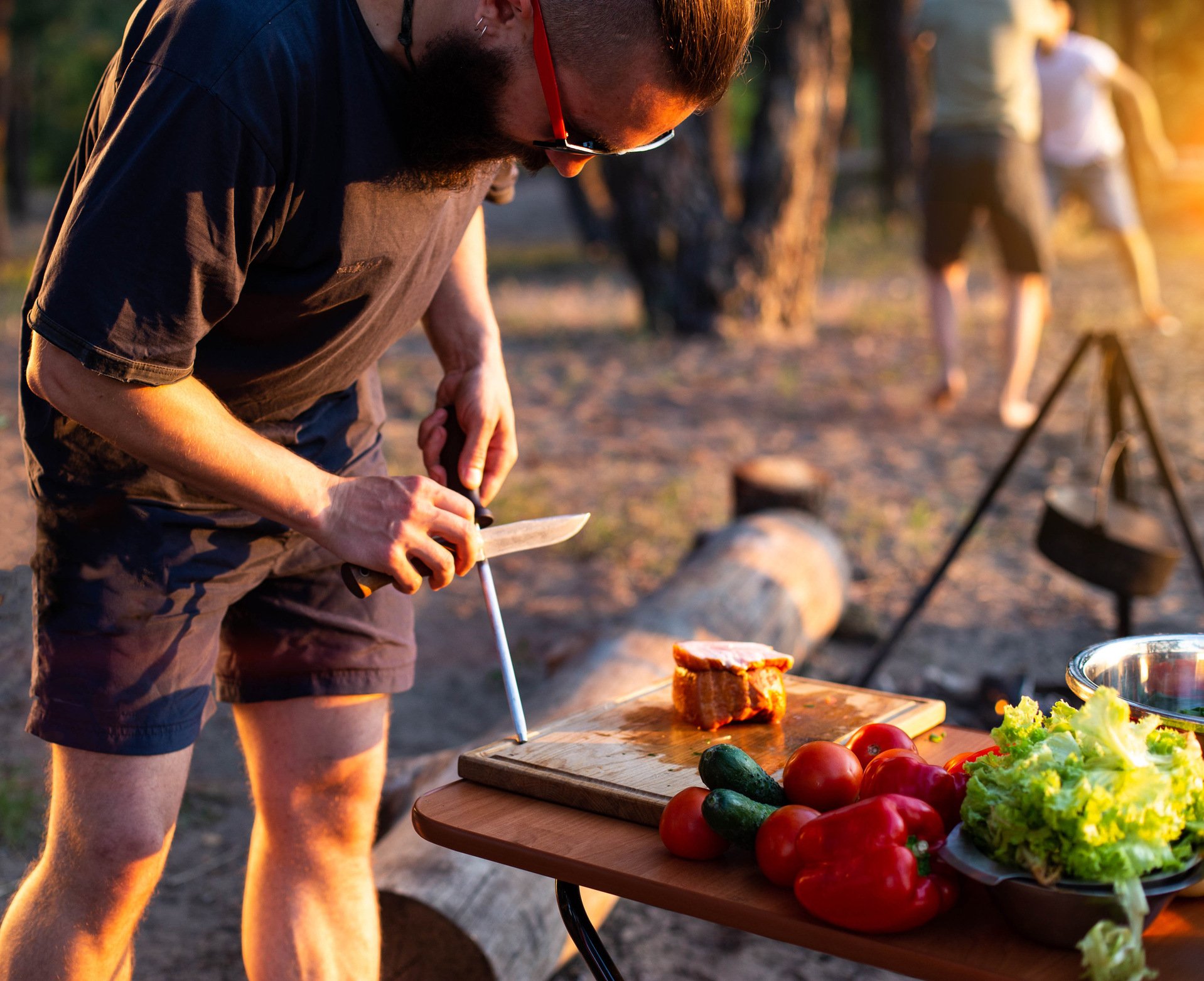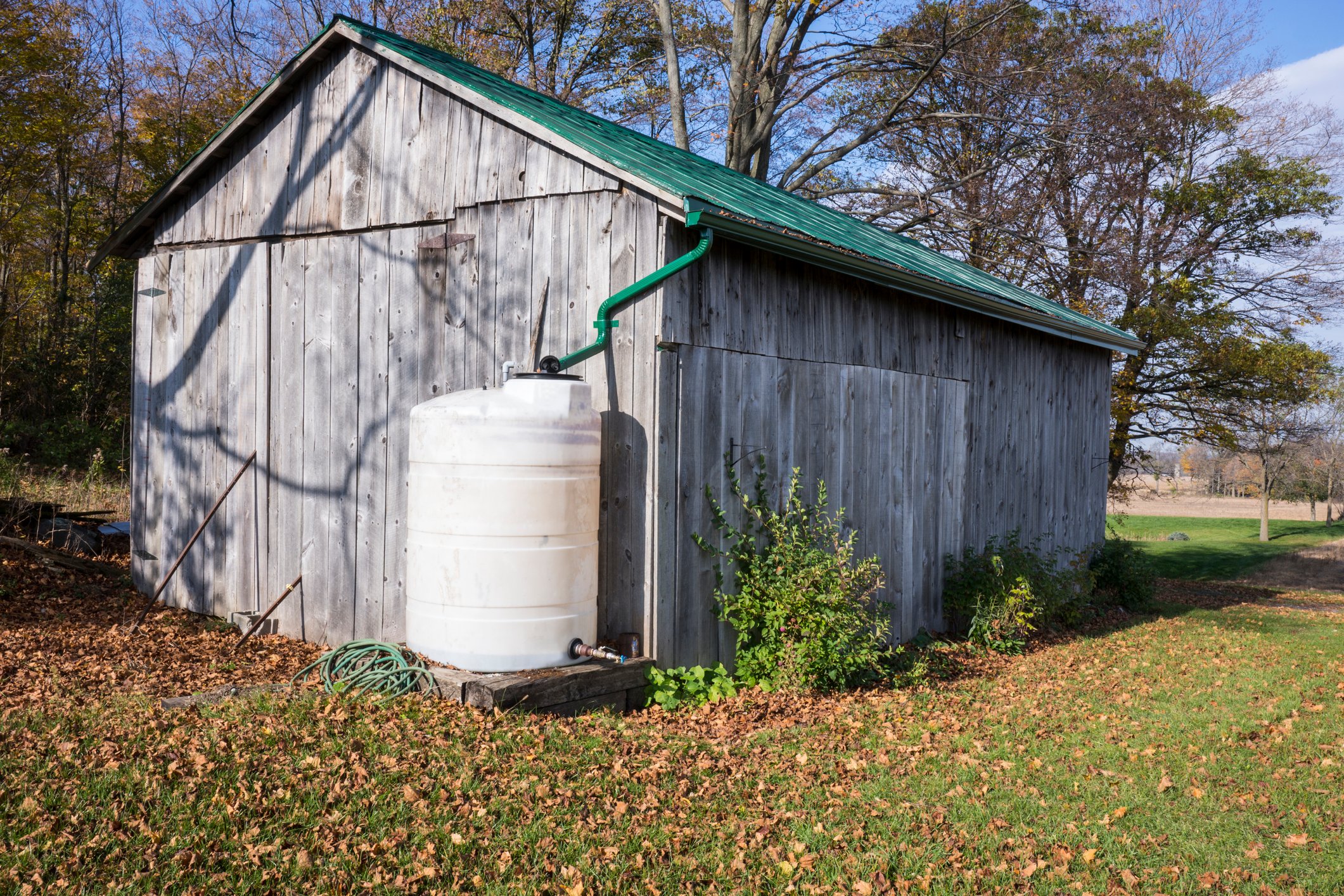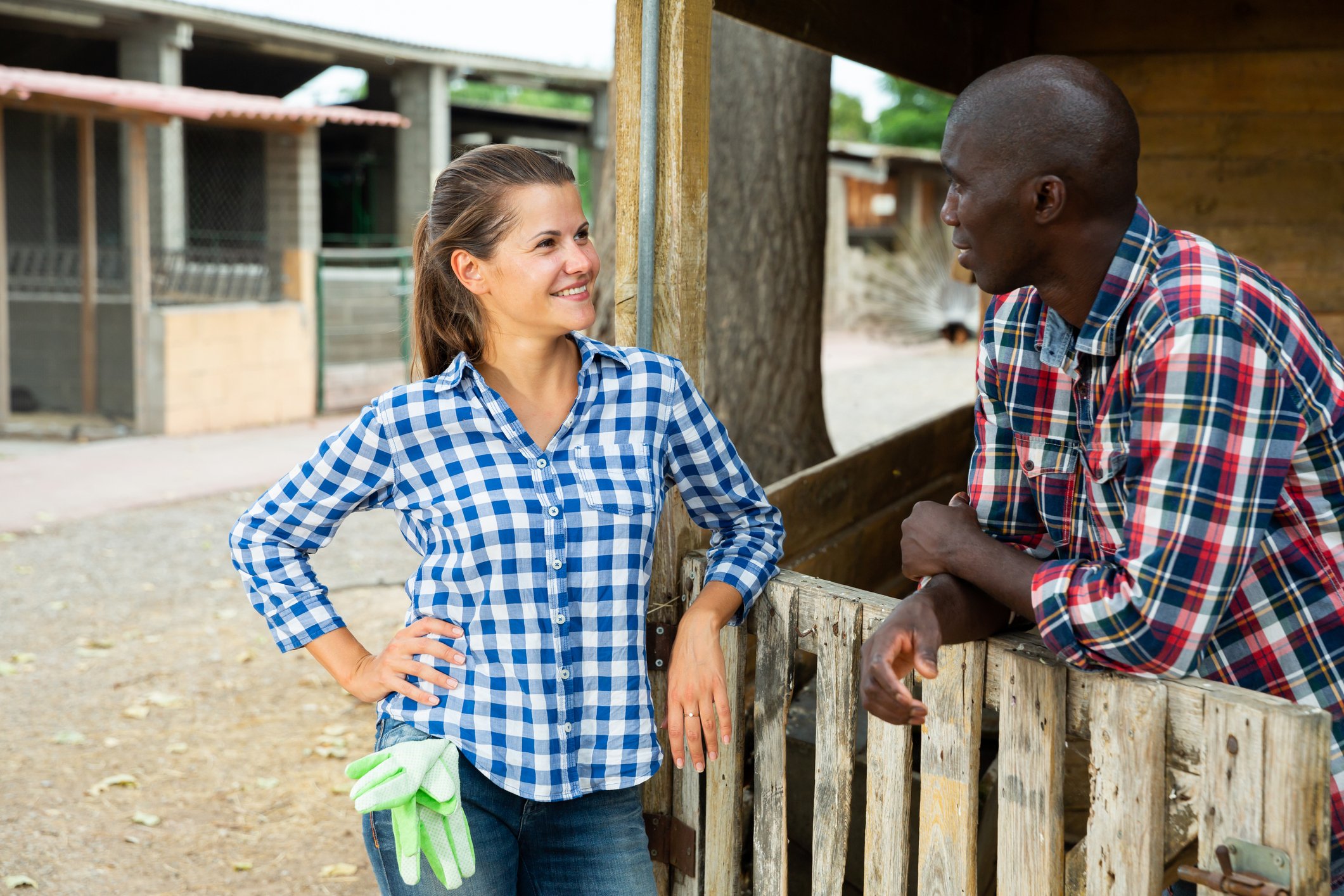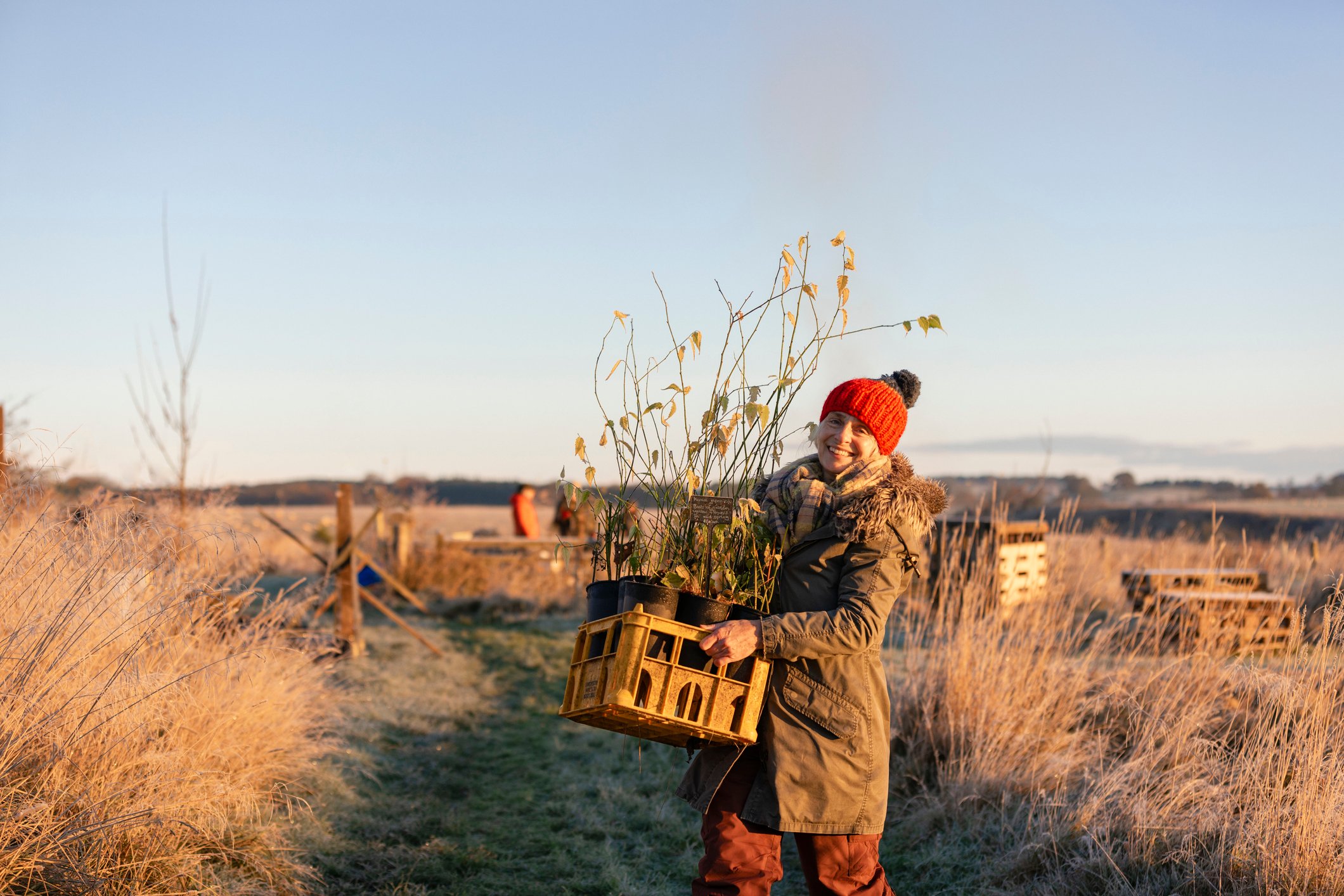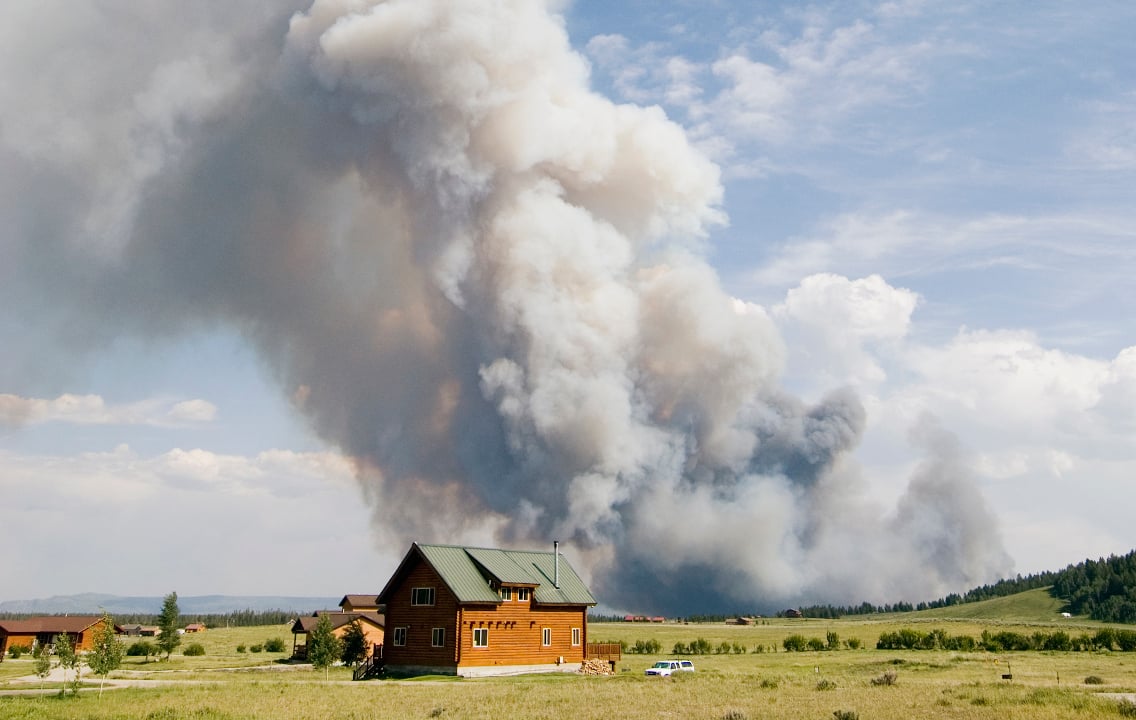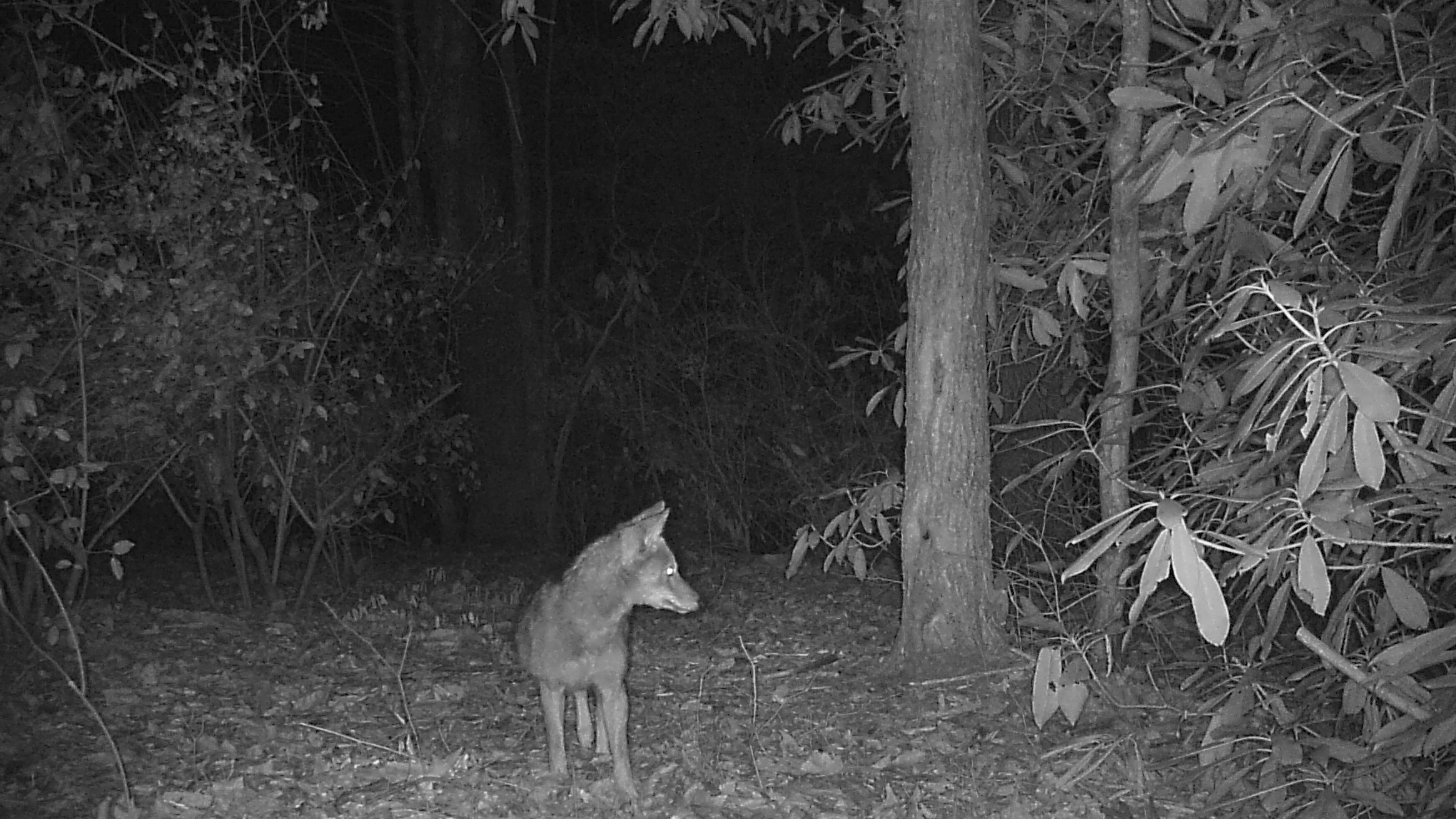Community Supported Agriculture or “CSA” programs have become a popular way for health-minded consumers to get locally-grown fruits and veggies in urban and rural communities.
In a CSA, individuals and families buy into a local farm or network of farms’ harvests for a season, and in return receive a weekly box of assorted produce.
What are the benefits to the customer? You get the freshest possible (usually organic) produce while supporting your local sustainable farmers.
But what about the benefits of a CSA to the farmer?
Could starting a CSA support your dreams of owning and farming your own land for fun and profit?
Find out, as we interview Lynn Pugh of Cane Creek Farms in Cumming, GA.
Cane Creek Farms—a remarkable small farm set in a suburban backdrop
As you drive the route to Cane Creek Farms, passing by strip malls and modern subdivisions, it’s easy to think your GPS may have led you astray.
But as you reach the very end of Jekyll Road and venture onto the gravel driveway, the setting transforms from suburban-sprawl into a peaceful farm oasis.
This is the home of former chemistry-teacher-turned-organic-farmer Lynn Pugh, her extended family, and Cane Creek Farms. Lynn has run a successful CSA on her 10-acre farm for more than 10 years.
Here’s how she does it:
Getting started (slow and steady wins the race)
A native of South Georgia, Lynn and her husband purchased the land several years ago to raise their family. It wasn’t until 2001 that Lynn began farming as a business…but she got a slow start.
“I just started selling at a local farmer’s market from a small garden really. Then, after the 9/11 my husband got called up by the air force. I had quit teaching chemistry by then, and went with him to St. Louis for two years. I came back-and-forth every six weeks and had some good neighbors who looked after my animals.”
While preparing for their return to Georgia, Lynn interviewed for and was hired for a special marketing project with Georgia Organics.
The purpose of the project was to create an online tool to help farmers learn how to market their products.
“I interviewed lots of farmers about marketing strategies to figure out the best way to promote their particular farm. As I did that, I found out the CSA was just what I wanted to do with my farm.”
As a deep lover and believer in nurturing her community, Lynn found that the CSA model fit her vision for Cane Creek Farms like a glove.
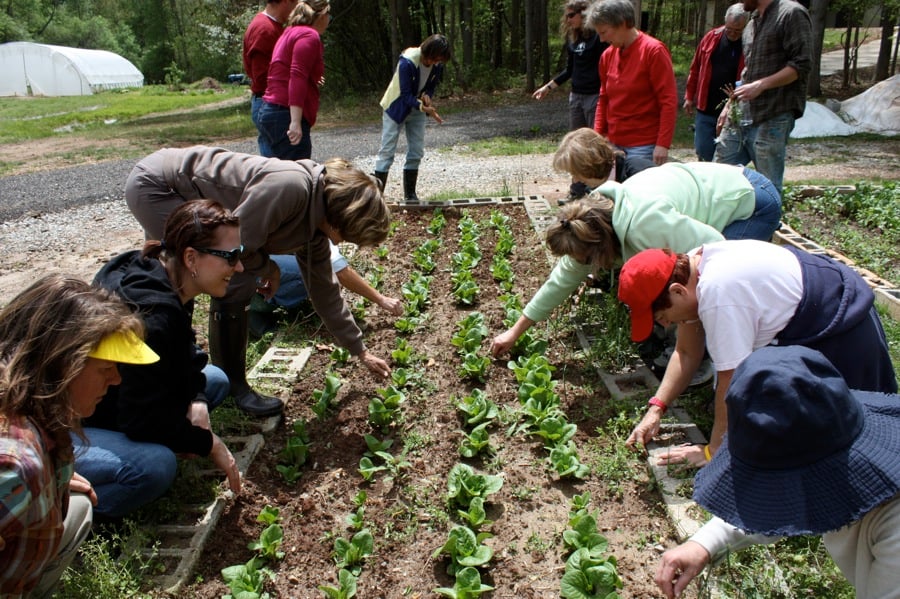
How to promote a new CSA
Though Lynn had a slow start, it gave her the insight and resources she needed to establish and grow her CSA into the successful business model it is today.
She began with 12 shareholders (mostly friends) and grew to over 100 within a few short years.
She gets about 80% of her business through localharvest.org—a sustainable farm directory that connects customers with local farms. She also got a good bit of publicity and word-of-mouth advertising.
Lynn credits her strong community base with bringing in business.
“I didn’t do anything you’re supposed to do to get publicity. I taught school in this community for 20 years, we attend church here, and I know a lot people…so it just came.”
“We really believe we are growing this food for these people in our community. This potato came out of our soil by our hands, and was washed by our crew and put in your box.”
Maintaining a successful CSA
Once the recession hit and organics got more convenient and affordable, Lynn’s numbers went down a bit.
Despite the fact she doesn’t offer delivery (a popular option for CSA patrons these days), the farm still has between 50-60 shareholders per season, with a few less in the fall and winter.
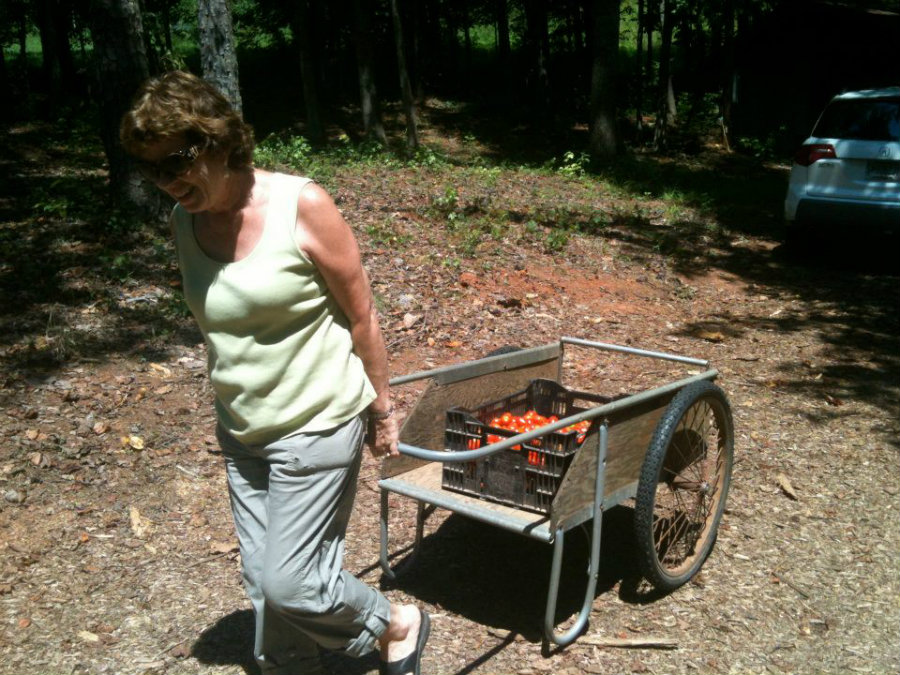
“I could grow to the 100 mark again, but I’d have to deliver and I don’t want to do that…the one reason I want them to pick up here is I want them to walk across the grass, feel the wet, see the flowers, and see the herbs.”
Lynn also includes free u-pick fresh flowers and herbs for CSA members.
“I want people to connect to nature. I think that’s one of the real challenges we face, is we’ve gotten too far away from understanding who we are in relation to the world. “
How to select ideal drop sites
Though she doesn’t offer door-to-door delivery, Lynn has tried implementing some drop sites for more convenient pick-up.
She first tried using the local hospital as a drop site, both as a service to current shareholders and to attract new business…but it was a flop!
“You’d think hospital employees would be very interested in improving their health…but they weren’t!” Lynn chuckles and rolls her eyes. Lesson learned.
She’s found the key to selecting a good drop site is to have an investment in ownership from the business you’re partnering with.
For example, Cane Creek has a successful drop site at a local yoga studio because the owner is a shareholder and promotes the CSA. In addition, one of the farm volunteers lives in the neighborhood and delivers the boxes at no charge.
“It’s all about nurturing that relationship with the community.”
A win-win.
Understanding your customers
There are typically two types of CSA customers.
The first is not only interested in purchasing quality organic produce, but also cares about supporting their local farmer and sustainable agriculture community.
The second is just in it for the food.
Unfortunately, as Lynn explains, you can’t pre-qualify your customers.
“Some people get into it without any intention of supporting a farmer, they get into it for their vegetables. And if they don’t get their vegetables the way they want them, they’re out. That’s just the way it is and it shows in our retention.”
Lynn emphasizes that since you can’t pick-and-choose your ideal shareholders, continuous marketing is essential to the long-term success of your CSA.
Partnering with other farms
Cane Creek independently supplies most of the produce to its CSA customers. However, if she is running short on any items Lynn has a network of other local farmers she can call on.
She would have liked to partner with other farms in a co-op model, but couldn’t get enough people to come together.
“We talked about it but nobody wanted to partner. It’s not undoable at all but it just gets more complicated, and you need to pool resources to pay an administrator, etc. I was really into it and pushed some other people but often farmers tend to be very independent and want to do their own thing.”
The biggest challenges facing CSAs
Though Lynn passionately believes CSAs can be an ideal model for small farms, it’s important to understand the challenges.
Foremost, you don’t want to start your farming journey by offering a CSA. First, you need some experience under your belt so you can confidently meet your obligations to your shareholders.
“This is a wonderful model for a small farm if you can make it work and if you’re a very responsible person. It’s nice to get the money up front but you have to fulfill your obligations.”
Lynn recommends, as she did, to start out small by selling at your local farmer’s market and go from there.
“It’s low-pressure, you learn so much about market demand, and you learn from the other vendors. Plus you can market your CSA if the farmer’s market is in your local area.”
CSAs face the new challenge of increasing availability and affordability of organic produce in local supermarkets. So convenience can be a factor.
“Another drawback is not having a choice of what goes into their box. It’s seasonal, and that’s a big thing for a lot of people.”
But by far, the BIGGEST challenge Lynn sees with most CSAs, and farms in general, is a lack of business and marketing knowledge.
“The more business and marketing experience you can have the better---that is often the limiting factor for farmers.”
To overcome the business/marketing challenges, Lynn recommends Southern SAWG’s “Growing Farm Profits” course, Georgia Organics and the USDA’s business and marketing services.
The labor factor of running a CSA
Cane Creek is 10 acres, but Lynn only farms about 3 acres to support the entire CSA.
Lynn explains that her farm staff has been leaner this year than others and consists of herself (often tethered to her young grandson), a part-time farm manager, volunteers, and between 1-3 interns every year.
Lynn also offers educational courses and workshops on organic farming and gardening, and thus receives some extra help from her students.
“Vegetables are very labor-intensive to grow and if you get bigger than a few acres you have to hire crews, which cut into your profits.”
That’s where the business training she mentioned above becomes so crucial if you plan to expand your operation.
Some CSA shares come with a volunteer option for those who wish to help out on the farm in exchange for vegetables, while other helpers come on a purely volunteer basis.
Bottom line, running lean yields more profits but can also be stressful depending on the size of your land.
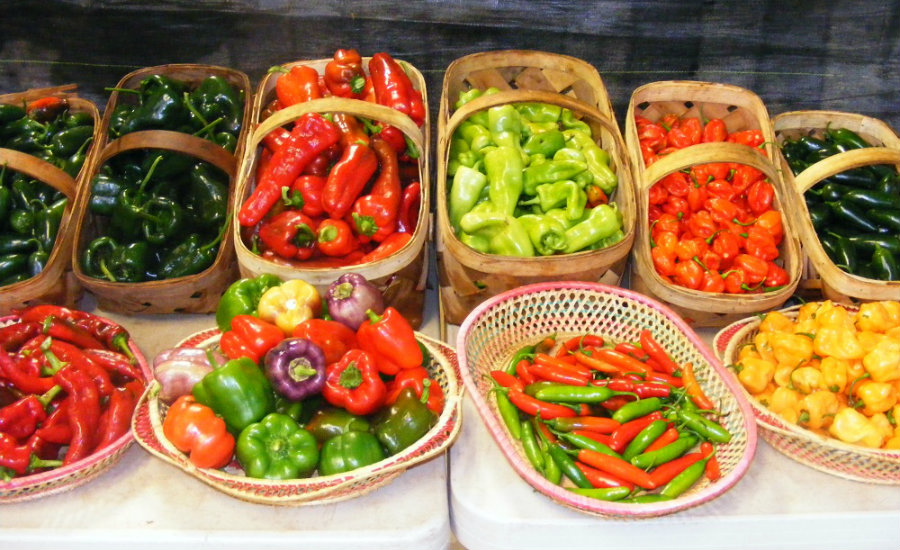
The strength behind the “C” in CSA
Despite the recession, the rise in availability and variety of organics, and all the new produce delivery services, co-ops, and big box organic stores out there, Cane Creek Farms’ CSA has stood the test of time and proven its efficacy as a sustainable model for a small farm.
Lynn credits this to many things: timing, experience, good marketing and press, but she believes the core of her success lies in her connection and commitment to nurturing her community.
“That’s why my CSA is so successful, I do everything I can to nurture my CSA community and teach about the value of eating in season, eating from the place you live, eating local, and the health, spiritual and community values behind it.”
And Lynn emphasizes there has to be trust on both sides: Trust that the farmer will uphold obligations to shareholders, and trust that the shareholders will support the farmer even during a rainy or dry season when every vegetable doesn’t come out uniform and perfect.
In Lynn’s experience, if you can get the “community” part of the CSA equation down while being vigilant about your business and marketing efforts, you have a great shot at running a successful CSA from your farm.
Further reading: To learn more about running a successful CSA Lynn recommends Georgia Organics, Southern Sustainable Agriculture Working Group (Southern SAWG) and the USDA’s sustainable farming site.
To learn more about Lynn and the Cane Creek Farms community, visit their website at: www.canecreekfarms.net. If you're dreaming of starting your own CSA and still looking for the land to do it on, visit RaydientPlaces.com, which features rural land for sale throughout the South. All photos courtesy of Cane Creek Farms.

